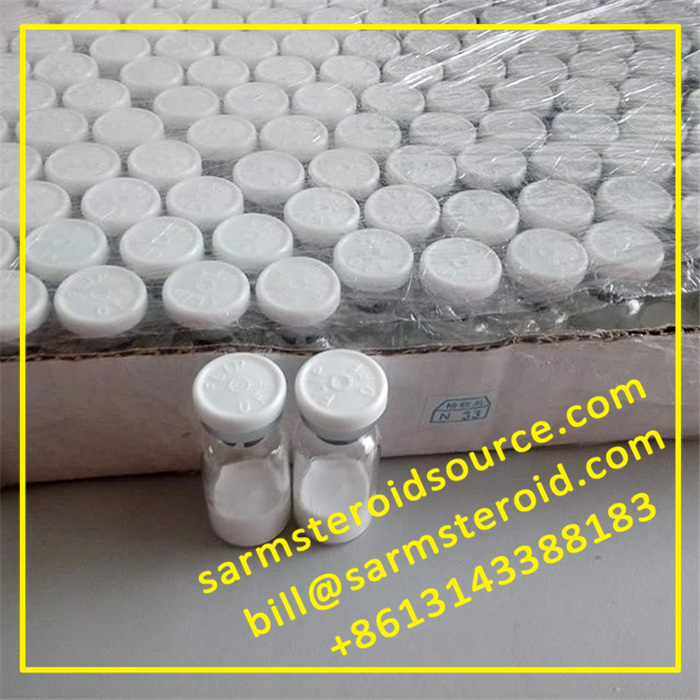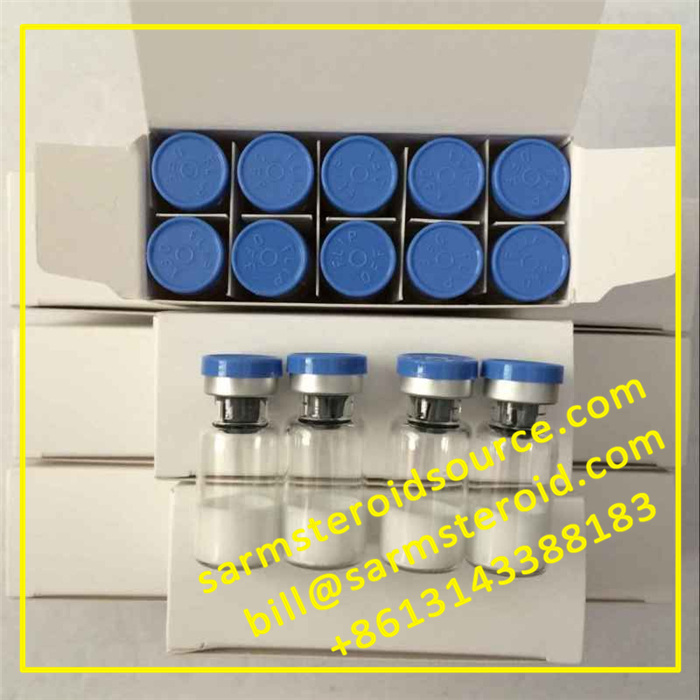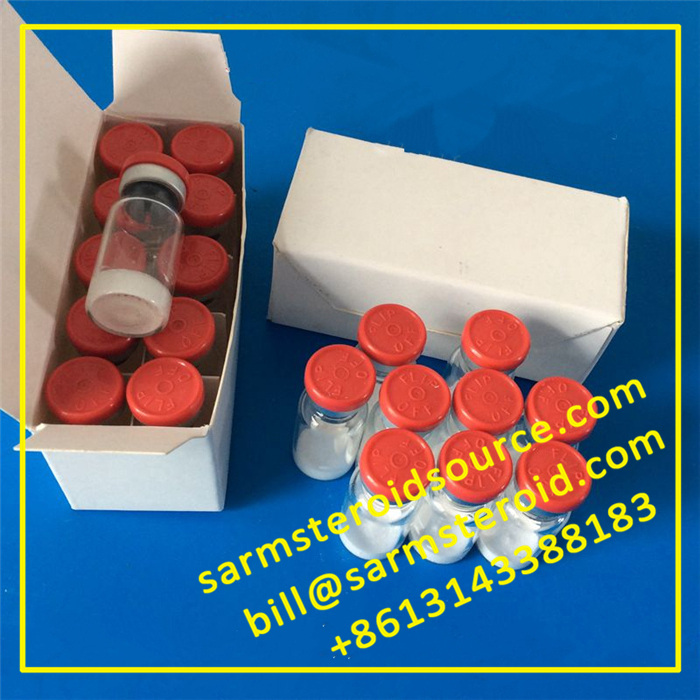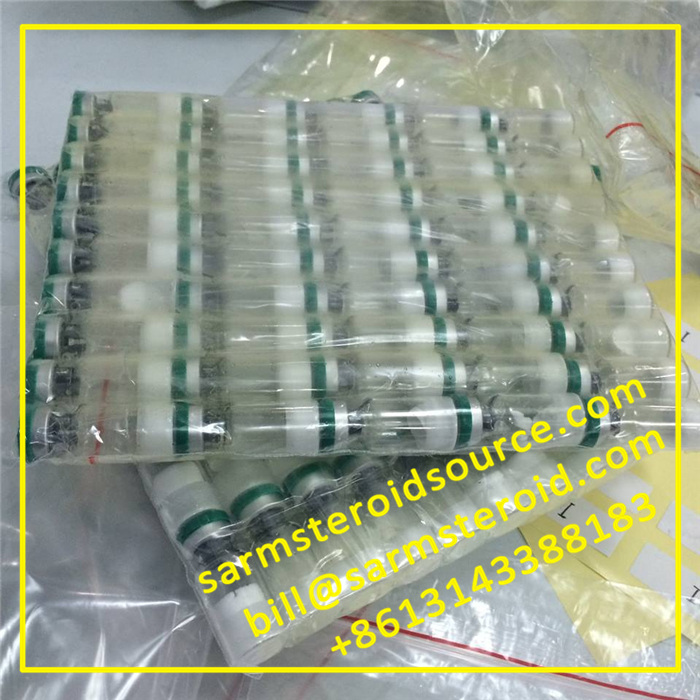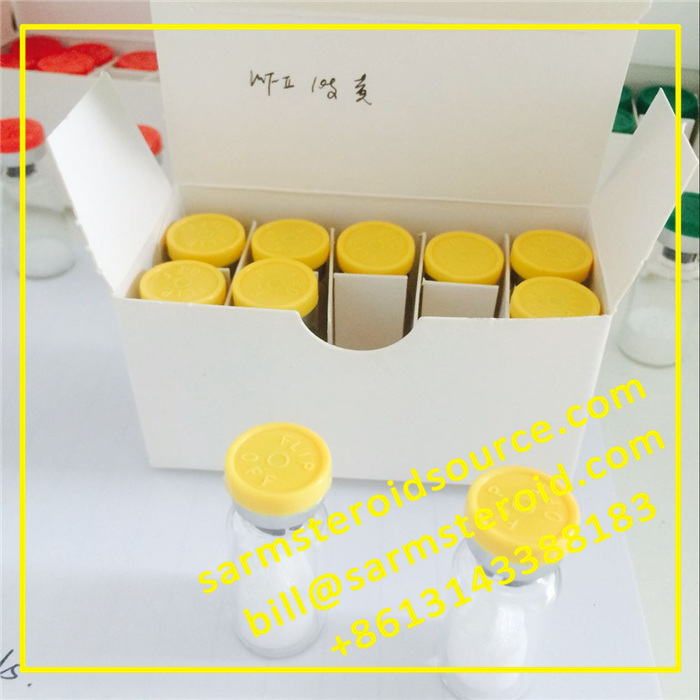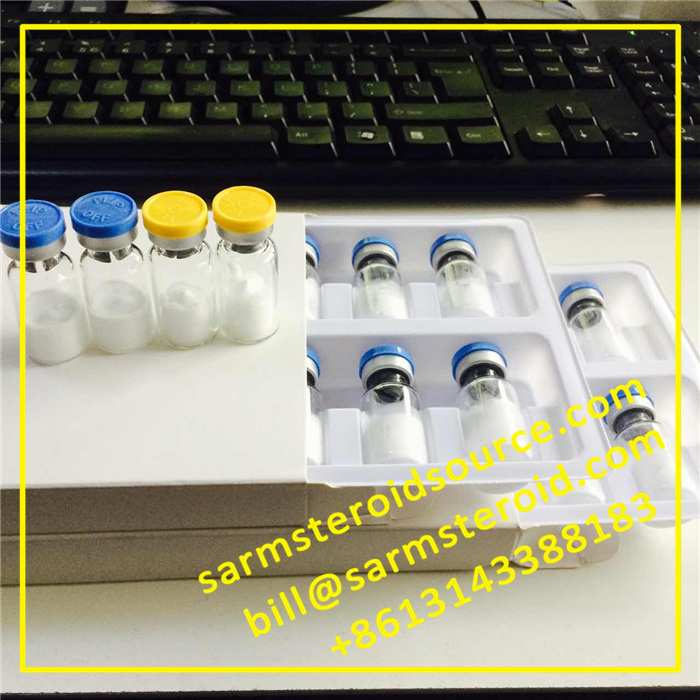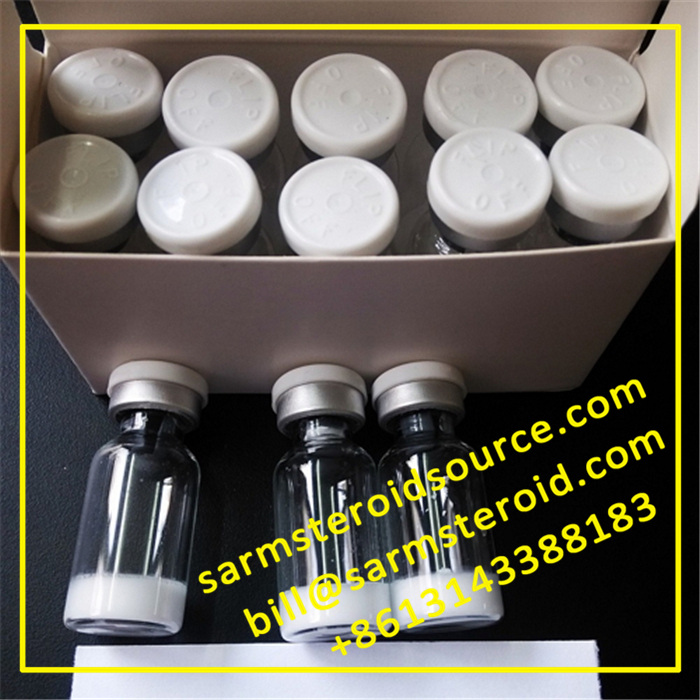85% Human Growth Peptides GDF-8 For Body Building,GDF-8 Powder
GDF-8 Peptide Profile:
Product name: GDF-8 (Growth Differentiation Factor 8 Myostatin)
Purity: 85%
Specification: 1mg
Storage:2-8 degree centigrade refrigerator
Package: 10 Vials/Kit
Deliver:1 working day for ready goods,7 days to your destination.
Pacakge:1kit=10vials Alumnium foil+bubble+carton
Country of Origin: China
Appearance:white powder
Packing:1mg/vial
GDF-8 Peptide Specification:
| Product Name | Myostatin |
| Appearance | Lyophilized White Powder |
| Purity | Above 98.00% + |
| Specification | 10mg/vial |
| Standard | Pharmaceutical Grade |
| Application Type | For Injection Usage |
| Storage | Store Lyophilized Protein at -20 °C |
| Stability | 2-3 Years |
| Supplying Form | 1) in Vial: Freeze-Dried White Powder(MOQ 10 vial)2) in Tube: 1000mg powder(MOQ 500mg) |
| Min Order | 10 vial |
| Customize(OEM) | . Various Colors of Flip off Caps(White, Black, Green, Pink, Yellow …)
. 1mg/vial, 2mg/vial, 5mg/vial, 10mg/vial, or no vials .
. Peptide blend service, such as CJC + GHRP-2 Combo …… |
GDF-8 Peptide Description:
Myostatin (also known as growth differentiation factor 8, abbreviated GDF-8) is a myokine, a protein produced and released by myocytes that acts on muscle cells’ autocrine function to inhibit myogenesis: Muscle cell growth and differentiation. In humans it is encoded by the MSTN gene. Myostatin is a secreted growth differentiation factor that is a member of the TGF beta protein family.
Myostatin is described as a protein found in the blood that appears (research is still in the early stages) to set a limit on the muscle your body can build. Myostatin/GDF-8 is a hormone that regulates muscle growth negatively, so that higher myostatin means less muscle. Weightlifting decreases the level of myostatin, which is to be expected, since weightlifting promotes muscle growth.
GDF-8 Peptide Usage:
1) The gene encoding myostatin was discovered in 1997 by geneticists Se-Jin Lee and Alexandra McPherron who produced a strain of mutant mice that lack the gene. These myostatin “knockout” mice have approximately twice as much muscle as normal mice. These mice were subsequently named “mighty mice”.
2) Naturally occurring deficiencies of myostatin have been identified in cattle by Ravi Kambadur, whippets, and humans; in each case the result is a dramatic increase in muscle mass. A mutation in the 3′ UTR of the myostatin gene in Texel sheep creates target sites for the microRNAs miR-1 and miR-206. This is likely to cause the muscular phenotype of this breed of sheep.
3) Human myostatin consists of two identical subunits, each consisting of 109 (NCBI database claims human myostatin is 375 residues long) amino acid residues. Its total molecular weight is 25.0 kDa. The protein is inactive until a protease cleaves the NH2-terminal, or “pro-domain” portion of the molecule, resulting in the active COOH-terminal dimer. Myostatin binds to the activin type II receptor, resulting in a recruitment of either coreceptor Alk-3 or Alk-4. This coreceptor then initiates a cell signaling cascade in the muscle, which includes the activation of transcription factors in the SMAD family – SMAD2 and SMAD3. These factors then induce myostatin-specific gene regulation. When applied to myoblasts, myostatin inhibits their differentiation into mature muscle fibers.




